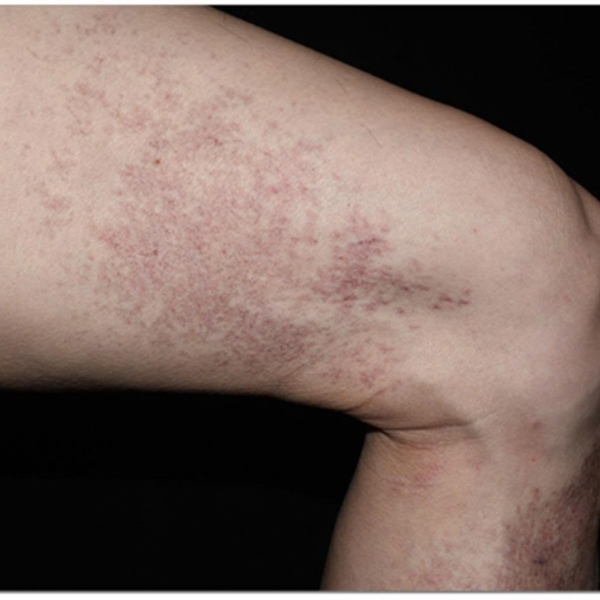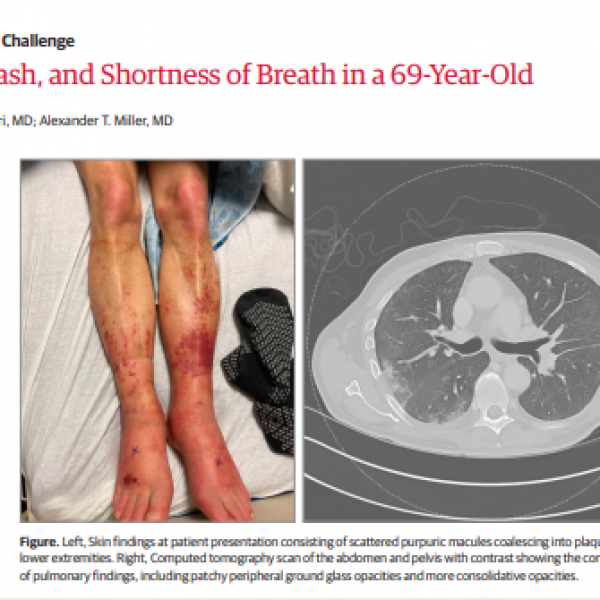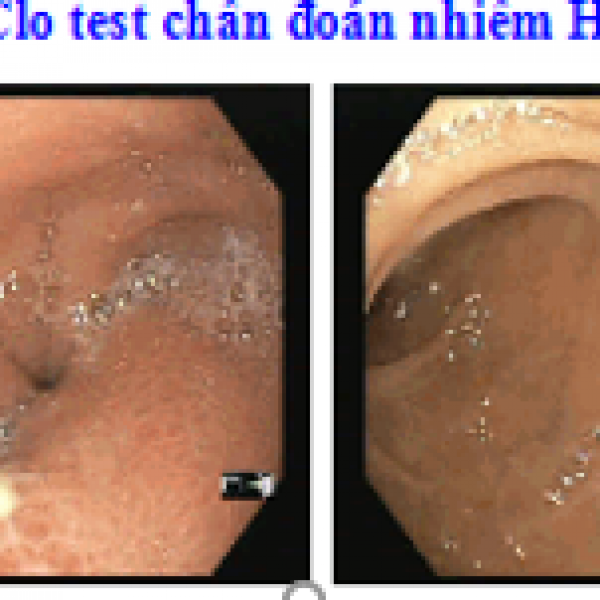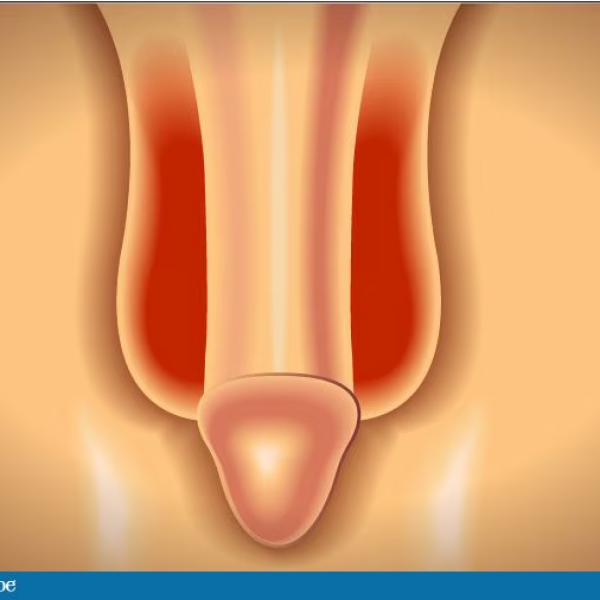Contact Admission
International Collaboration
Atopic Dermatitis (AD) in Children
Atopic dermatitis (AD) in children is a common condition, with an average prevalence of 6% in children aged 6 to 7 years, ranging from 1.6% to 15.7% depending on the region. AD causes significant financial and emotional burdens for families with affected children. Therefore, if a simple, low-cost intervention can be applied to prevent AD from infancy or early childhood, it could bring substantial personal and public health benefits.
Moisturizers and the role in preventing AD

Many studies have evaluated the potential benefits of routine use of moisturizers (emollients) in infants without eczema symptoms, but the results have been inconsistent. A 2022 Cochrane systematic review analyzed 7 studies involving 3,052 term infants without eczema, randomly assigned to regular use of moisturizers versus standard skin care.
Pooled results:
No clear protective effect of moisturizers was found in preventing the development of eczema by age 1–2 years.
Risk ratio (RR): 1.03 (95% CI: 0.81–1.31)
=> No statistically significant difference.
Several subsequent studies yielded similar results – showing no clear benefit of moisturizers in preventing AD.
The CASCADE study – A new finding contradicting previous results
In this month’s issue of JAMA Dermatology, the CASCADE study (Community-based Assessment of Skin Care, eczema, and Allergies) was published. It contrasted with earlier studies and demonstrated certain benefits of preventive moisturizing.
CASCADE study: a new turning point in AD prevention
The CASCADE study, published in JAMA Dermatology, is a randomized controlled trial of 1,247 infants without a history of eczema. The infants were divided into two groups:
Intervention group: daily full-body application of moisturizer starting before 9 weeks of age
Control group: standard skin care (no regular moisturizer use)
This finding contradicts previous concerns that moisturizers might increase the risk of skin infections, especially in children with genetically impaired skin barrier.
Findings:
The rate of AD diagnosis at age 2 in the moisturizer group was 36.1%, compared to 43% in the control group
Risk ratio (RR) = 0.84 (95% CI: 0.73–0.97), statistically significant
No significant difference in the risk of skin infections or adverse effects
Why is CASCADE different?
CASCADE stands out due to the following features:
Large sample size, representative of multiple regions and ethnicities in the US
Study design closely mirrors real-world clinical practice
Longest follow-up among similar trials (nearly 2 years)
Flexible intervention timing: infants enrolled at an average age of 24 days, not necessarily immediately post-birth
Over 60% of infants had already used moisturizers before enrollment – a potential confounding factor
Greater effectiveness in low-risk children
A notable result was that the preventive effect of moisturizers was more evident in infants without a family history of allergy:
Low-risk group: RR = 0.75 (95% CI: 0.60–0.90)
High-risk group (with allergic relatives): RR = 0.93 (95% CI: 0.80–1.10)
A proposed hypothesis: in low-risk infants, a normal skin barrier may be better protected by moisturizers, while in high-risk infants, genetic factors may override the effects of moisturization.
Another interesting finding: having a dog in the home
Another notable finding from the CASCADE study is that having a dog in the home was associated with a lower incidence of AD, although this was only statistically significant in the intervention group (moisturizer users). This observation warrants further study. It is possible that dog ownership serves as a surrogate marker for certain lifestyle or caregiving practices that may be the true protective factors.
Limitations of the CASCADE study
No standardization of the type of moisturizer used, making product comparisons difficult
Treatment adherence based on parent self-reporting (possible bias)
Lack of data on bathing practices – a factor influencing skin barrier health
When applying standardized AD diagnostic criteria, the preventive effect of moisturizers decreased significantly
Clinical implications and recommendations
CASCADE provides preliminary evidence that moisturization is a simple, safe, and low-risk intervention that could be recommended by pediatricians for healthy, low-risk infants during routine checkups.
However:
Not yet recommended for universal application due to conflicting study results
Cost remains a consideration, especially in regions where moisturizers are not covered by insurance
Further cost-effectiveness research is needed, such as the BEEP trial
Future research directions
CASCADE data is currently being included in an individual participant data (IPD) meta-analysis by Cochrane to assess the role of family allergy history
More real-world studies needed in low-risk populations, with standardized moisturizer types
Mechanistic studies on the action of specific moisturizer ingredients to inform clinical guidelines
Read the full article published in JAMA Dermatology here


















